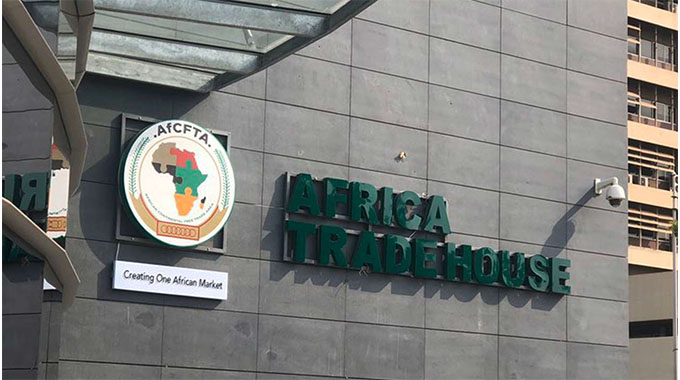IDCZ pours US$2 million into tick grease unit

Michael Tome, Harare Bureau
THE Industrial Development Corporation of Zimbabwe (IDCZ) says it has invested US$2 million into its tick grease and grain protectant producing unit, Chemplex Agro Pharma (CAPH), which is expected to boost the company’s operations.
The investment will increase the company’s production capacity from 400 tonnes to 6 000 tonnes of tick grease and 6 000 tonnes of grain protectant per annum.
This will enable the company to meet local demand for tick grease, which stands at 3 000 metric tonnes per annum, leaving the company with excess to export.

National Development Strategy 1 (NDS1)
According to IDCZ, the development is in line with the objectives of National Development Strategy 1 (NDS 1), of enhancing value addition, beneficiation of locally manufactured products, and import substitution.
The investment was motivated by the need to combat and reduce tick-borne related diseases, which are increasingly wreaking havoc in the livestock sector.
Efforts being made by IDCZ follow interventions by the Government, through the Presidential tick grease blitz programme, launched by President Mnangagwa in November 2020.
Tick-borne related disease cases reached 46 715 during the 2019/2020 season and 25 036 in the 2020/21 season.
The disease is most common between December and March and is spread through the bite of the brown ear tick.

President Mnangagwa
Livestock production in Zimbabwe is a significant contributor to the economy and an important safety net for millions of people in rural Zimbabwe, particularly rural women and youth.
The Second Republic has also been vigorously rolling out initiatives to rejuvenate the livestock sector, including through the Livestock Growth Plan (2020-2025), NDS 1, and the Agriculture and Food Systems Transformation Strategy.
IDCZ acting general manager, Mr Edward Tome, said the new Chemplex Agro Pharma plant had the capacity to grow exports of the products into the region given the current local consumption for tick grease was met by only half of the plant’s capacity per annum.
“This is the resuscitation of a company, which was mothballed, for a number of years and was not producing the key products for the nation. It is driven by the desire to meet the dictates of NDS 1, which task us to value-add, beneficiate and substitute imports of what we can produce here.
“This is an epitome of breakthrough thinking and astute decision making by His Excellency the President in providing guidance, leadership, and resources that have enabled us to put up these plants together,” said Mr Tome.
He said the initiatives placed the company on a pedestal with regard to the AfCFTA pact, which is calling for enhanced intra-continental trade.
“This is not a new product to Africa, and now we have more capacity to export to all the livestock-rearing countries in line with the AfCFTA pact,” he added.

AfCFTA
Mr Tome said the improved capacity of the grain protectant production, was meant to enhance food self-sufficiency given that agriculture has been placed at the heart of economic recovery where it is expected to complement sectors like tourism, manufacturing, and mining.
“The Second Republic has been hinged on promoting food security, that is why you see the grain protectant plant technically commissioned here at CAPH so that we protect bumper harvests of our various grain crops,” he said.
Chemplex Agro Pharma (CAPH) general manager, Dr Spencer Ruziwa, said the company will now be able to produce tick grease to prevent and reduce the January disease menace given that the company had invested more to meet local demand.
He said the intended investment was critical in reducing import bills, particularly on products that could be sourced locally.
“We have invested in plant and equipment to a total value of US$2 million dollars and these projects will now enable us to meet national demand leaving much to export, especially taking advantage of AfCFTA.
“We were running at a capacity of 400 tonnes per annum but after the investment, the capacity for both plants has now moved to 6 000 tonnes per annum which is adequate to meet local demand.
“The grain protectant capacity is now 3-4 times more than the current national harvest for grains,” said Dr Ruziwa.











Comments